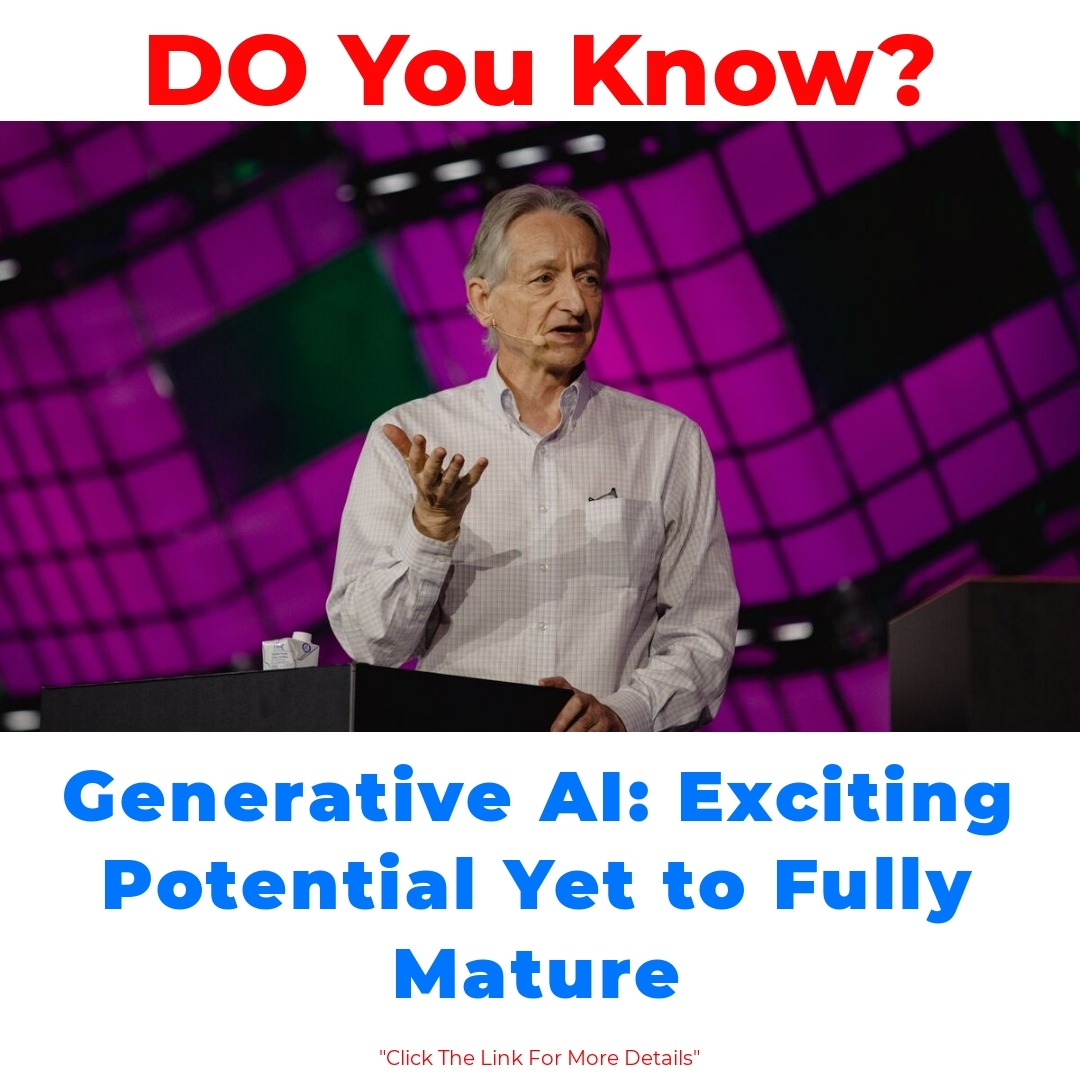Generative AI has captured the imagination of many, marking a significant leap in today’s technological landscape. Although still in its toddler stage of development, this innovative field is poised for rapid advancements, reshaping industries and the way we interact with machines. In this article, we explore the intricacies of Generative AI, its current capabilities, future trends, and the challenges it faces as it evolves.


Understanding Generative AI
Generative AI is all about creating new content, whether it’s text, images, or even music. Think of it as a branch of Artificial Intelligence that doesn’t just process information but generates entirely new information based on what it learns. So, how does it fit within the larger world of AI? Well, it’s pretty fascinating! Generative AI leverages complex algorithms and techniques, particularly Neural Networks, which are modeled after how our brains work. These networks help machines learn from data, enabling them to produce unique outputs that can mimic human creativity.
The Current State of Generative AI
Right now, the capabilities of Generative AI are quite impressive. It’s already making waves in creative fields. For instance, artists are using AI applications to create stunning artwork, while musicians are exploring new sounds with AI-generated compositions. Tools like OpenAI’s GPT and DALL-E are great examples of this technology in action. These AI tools enable users to generate written content or images by simply feeding them prompts, showcasing how far AI Development has come.
How Generative AI is Evolving
As technology progresses, so does Generative AI. Advances in Machine Learning and Deep Learning are at the heart of this evolution. Just think about it—over the past few years, we’ve seen breakthroughs that allow AI to create more refined and sophisticated outputs. Notable projects like DeepMind’s AlphaFold have not only advanced AI but showed us how Generative AI can play a critical role in fields like genomics. Ongoing research is driving this transformation, hinting at even more exciting possibilities for the future.
Future Trends in Generative AI
Looking ahead, the future of Generative AI seems bright! Experts predict that in the next 5 to 10 years, we’ll see even more robust AI technologies that will enhance personalization across various sectors. For example, in education and healthcare, Generative AI could tailor learning materials and treatment plans specifically for individuals. Moreover, Creative AI applications will become part of our everyday lives, further bridging the gap between technology and creativity.
Generative AI Applications in Various Industries
Different sectors are discovering how Generative AI can revolutionize their operations. Here’s a glimpse:
– **Healthcare**: AI is helping to improve diagnostics, making it possible to personalize medicine to better suit patients’ needs.
– **Entertainment**: Think of how AI is changing content creation—films, video games, and music are all being reimagined with innovative AI technologies.
– **Retail**: Generative AI enhances customer experiences by offering tailored recommendations based on personal preferences, leading to higher satisfaction and engagement.
Challenges Faced by Generative AI Technologies
Despite its potential, Generative AI faces several challenges. For starters, issues around data privacy and ethical considerations are significant hurdles that AI Development must tackle. Additionally, there are technical challenges, such as the current limitations of Machine Learning models. It’s essential to address biases in Generative AI systems, as these biases could have lasting implications on future development. Ensuring fair and ethical use of AI technologies will be crucial in overcoming these obstacles.
Conclusion
In summary, understanding Generative AI and its journey is vital as we navigate this exciting technological landscape. While we’re still in the early stages—what we call its toddler phase—the potential for growth and innovation is immense. As we continue to explore the endless possibilities of Generative AI, ongoing research and ethical considerations will play a crucial role in shaping the next chapter of AI Development. Keeping an eye on these advancements will not only enhance our understanding but also help us utilize these technologies responsibly.
Frequently Asked Questions
What is Generative AI?
Generative AI refers to a type of Artificial Intelligence that creates new content, including text, images, and music, instead of just processing existing information. It uses advanced algorithms and neural networks that mimic human brain functions to produce unique and creative outputs.
How is Generative AI currently being used?
Generative AI is making significant impacts in creative fields. For example:
- Artists are using AI to generate innovative artwork.
- Musicians can explore new sounds with AI-generated music compositions.
- Applications like OpenAI’s GPT and DALL-E allow users to create written content and images through simple prompts.
What advancements are being made in Generative AI?
The field is evolving rapidly thanks to improvements in Machine Learning and Deep Learning. Breakthrough projects, like AlphaFold from DeepMind, showcase how Generative AI is being applied in complex areas such as genomics, indicating further advancements on the horizon.
What are the future trends for Generative AI?
Experts predict that Generative AI will become increasingly sophisticated over the next 5 to 10 years. Potential developments include:
- Enhanced personalization in sectors like education and healthcare.
- Creative AI applications becoming everyday tools in our lives.
How is Generative AI being applied in various industries?
Generative AI is transforming multiple sectors by:
- Healthcare: Improving diagnostics and personalizing treatment plans.
- Entertainment: Redefining content creation in films, video games, and music.
- Retail: Offering tailored recommendations to enhance customer satisfaction.
What challenges does Generative AI face?
While promising, Generative AI encounters several challenges, including:
- Data privacy and ethical concerns that need to be addressed.
- Technical limitations of current Machine Learning models.
- Biases within generative systems that can impact their fairness and reliability.





